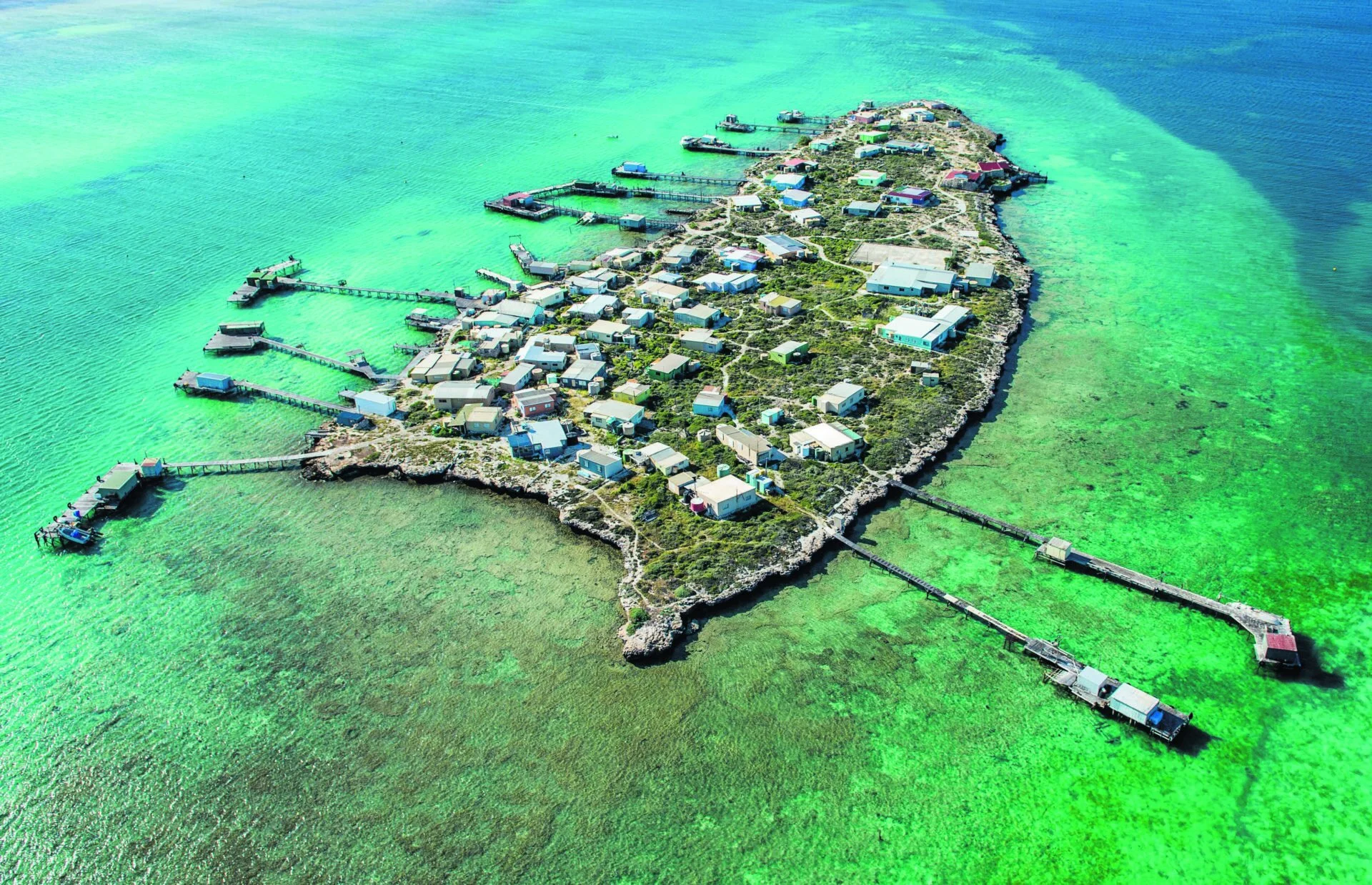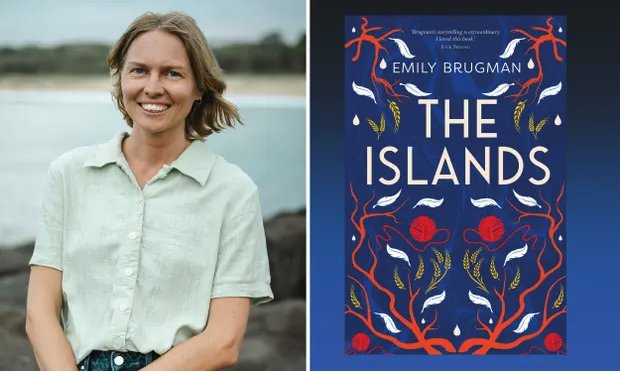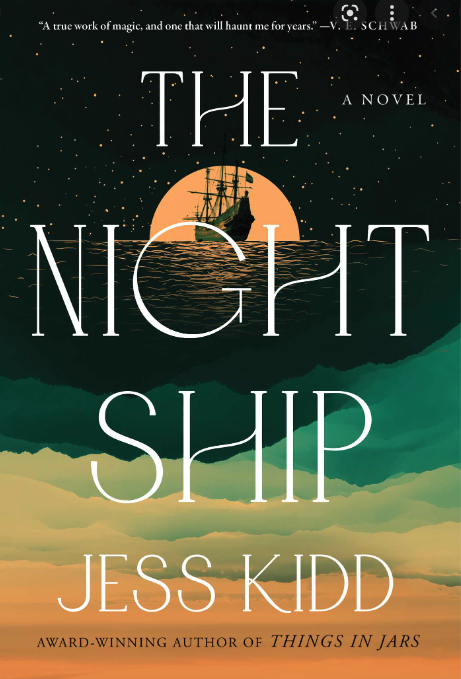Keep Your Eyes Open
By Sal Balharrie
Pigeon Island part of the Abrolhos Group.
My friend Justine grew up on Big Rat. She talks of forgetting a pair of thongs and her little kid feet being cut by shards of coral. She remembers tiger sharks ramming the hull of her dad’s fishing boat and watching a whirlpool of fins, waiting for a bucket of guts to be tipped over the side.
This was all I knew of the Abrolhos.
And then in a matter of months I read two books - both set on the low lying, coral reef fringed islands. Named by Dutch Commander Frederik de Houtman, the word Abrolhos is of Portuguese origin, meaning “Keep your eyes open” making the Abrolhos Islands one of only two Australian places with a Portuguese name. If anyone can tell me the other - leave it in the comments below.
THE ISLANDS by Emily Brugman and THE NIGHT SHIP by Jess Kidd.
‘Islands have always attracted writers and readers as rich fictional microcosms. An island setting can be a paradise, retreat or prison, preserver of wilderness or tradition, test of survival skills. And the global malaise of climate change and Covid-19 may have intensified their allure because, in spite of rising oceans, island novels are springing up all over.’ So writes Susan Wyndham in a recent review for the Guardian.
As I read The Islands I couldn’t help but imagine this was my friend Justine’s story - although she is not Finnish like the family of the book and is demonstrative not like the men in this story:
The men are torn between wealth and danger, hardened by work, weather and alcohol; characters with nicknames such as One-eyed Esko, Tall Tommi and Latvian Igor. As the joke goes: “There once was a Finn who loved his wife so much, he almost told her.”
But the islands come alive in all their harsh glory and hardship is known by the women whose job it is to keep the camp working while the men are on the ocean. Life is hardy and the need to be resource permeates all. Time skips and jumps and memory is fractured. This is an evocative telling of a family, over generations making it only to lose it, regroup and be dashed against the rocks. It made me wonder how anyone could think this was a place to raise a family - and yet, they did.
Over on GOOD READS this is what Carolyn had to say:
Onni Sara arrived on Little Rat Island, in the Abrolhos islands 80 km off the coast of Western Australia, to look for his brother Nalle, missing at sea while out fishing for crayfish. ….not only an intergenerational family saga, but one of migrants who have left everything behind in their homes for the chance of a better life for themselves and their families…
The Abrolhos are a character in their own right. Reading the author’s descriptions, I can feel the bright heat of the day, the deep blue of the sky, the deep clear sea and the sun dried salt water encrusted on my skin and hear the fisherman returning with their catch. A haunting, beautifully written novel, full of love, loss, new beginnings and the meaning of home.
EMILY BRUGMAN’S THE ISLANDS is published by ALLEN & UNWIN
No peace is to be had this morning. The ship is a place of upheaval and activity. There is much work to do in preparation for the final voyage of the BATAVIA’s journey. Caulkers are busy stuffing tup the leaks. Carpenters and sail-menders have been set to work; the smell of new shaved wood and musty canvas fills the air. The decks are sanded with the flat wide stones the sailors call Bibles. On the lower decks cleansing herbs are burnt. The rats that survived the last cull are chased from one end of the ship to the other. The Below World children join in, shill with glee. The motion of the ship reduced in the sheltered bay to no more than a pleasant bob, job as are accomplished with ease. No one dies.
The Night Ship of the title is the Batavia which sailed from Holland bound for the Spice Islands in 1629. The ship carried a cargo of silver coin to purchase spices, and on board, as well as a large crew, were a number of soldiers and private travellers including women and children. One of the children is the delightful, feisty, nine year old Mayken whose mother has recently died. She is travelling with her nurse to join her father, and it is her story we share told in alternate chapters with that of Gil.
Gil is also nine and he has also recently lost his mother. The year is 1989 and he is living on Little Rat Island off the coast of Western Australia with his fisherman Grandfather. His story is shockingly sad - he is a kid on the fringes, sent to an island that only heightens every inequity. Kidd creates skillfull links between these two children who are both facing their own monsters - real and dreamed - named according to their own country's folklore, Mayken's Bullebak and Gil's Bunyip.
Brutalities will exist from the past that bleed into the present. And at the core is the impact of human nature......survival of the fittest. Kidd gives us a wide open view of the aftermath of the shipwreck and the fate of its survivors on this island. It’s a jaw-dropping recount. The Night Ship is a hard look at what people will do when they forget that they are people. Raw, revealing, and utterly fascinating - I loved this book.
JESS KIDD’S THE NIGHT SHIP is published by PENGUIN
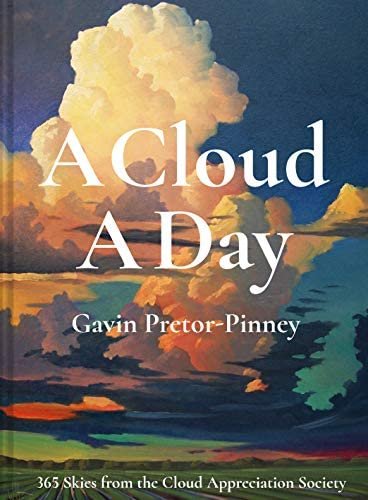
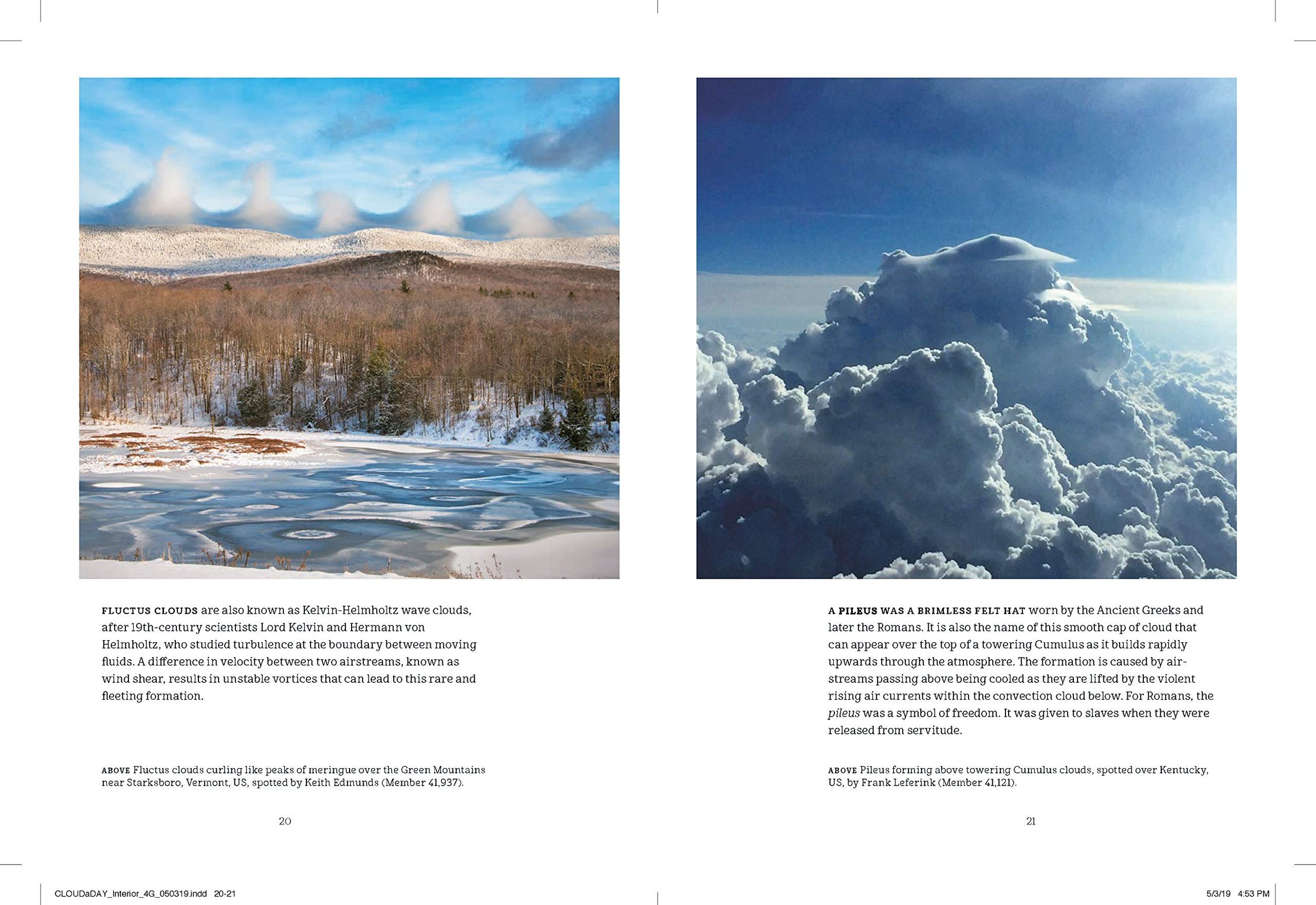
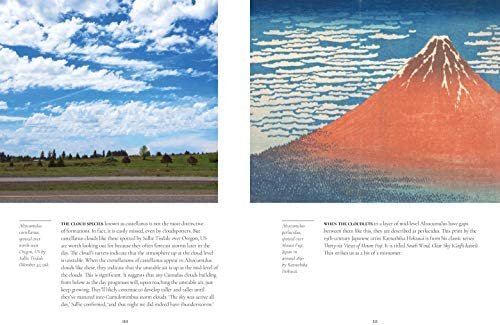
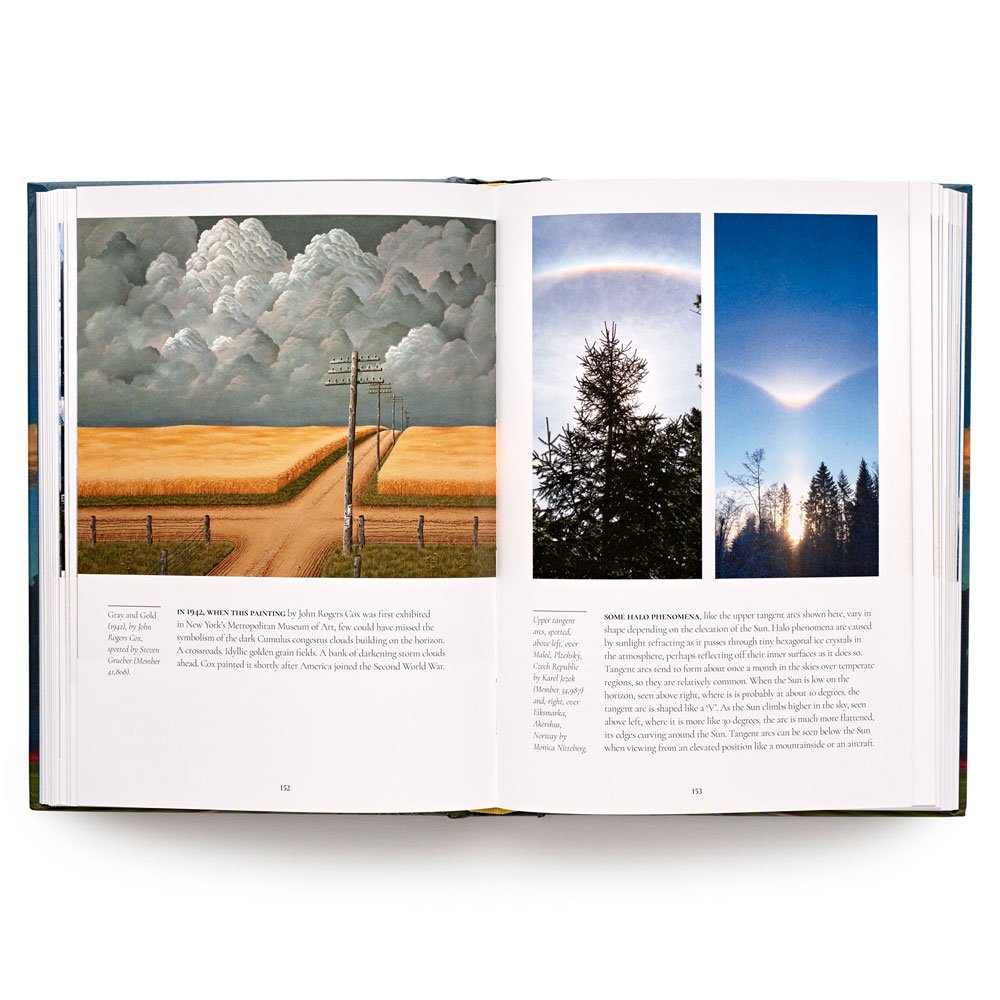
Could there be a more perfect Christmas gift for a sailor than this book? Leave it open on the kitchen bench and each day, for a year, learn about a different cloud. I wish I’d formed the Cloud Appreciation Society. Changes in conditions, messaged in the sky by new and coming cloud formations - forget BOM - give me an open sky and we can work it out. I was sailing down the east coast of Tasmania when I saw my first Altocumulus Lenticularis - a cloud shaped like a black flying saucer - page 17. John looked at me calmly and in his quiet way said:
“ Okay. Yeah. In 15 mins we’ll have 40knots coming in from the west off those hills.”
John was right and we dropped what ever mainsail we had up and put away a bit more headie and in 15 minutes we were doing 8knots with little more than 2 metres of sail.
Buy this book and tick off how many clouds you’ve seen and with a bit of luck, it makes you curious to look up and tick off more.
“Looking up is good for the soul. The sky is the most dynamic and evocative aspect of nature. The ever-changing and ephemeral clouds reflect the shifing moods of the atmosphere in limitless compositions and combinations.”
GAVIN PRETOR-PINNEY’S A CLOUD A DAY is published by BATSFORD

